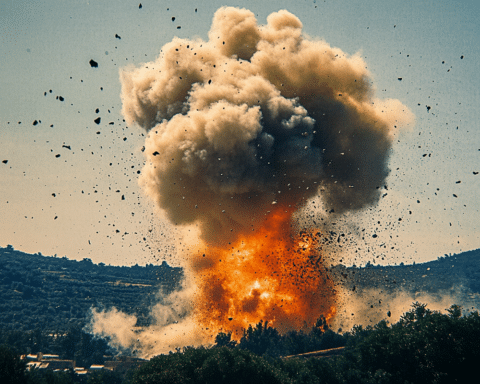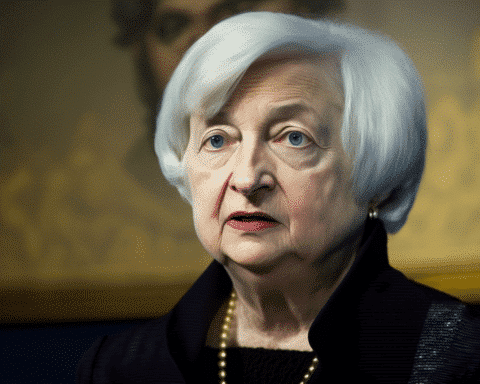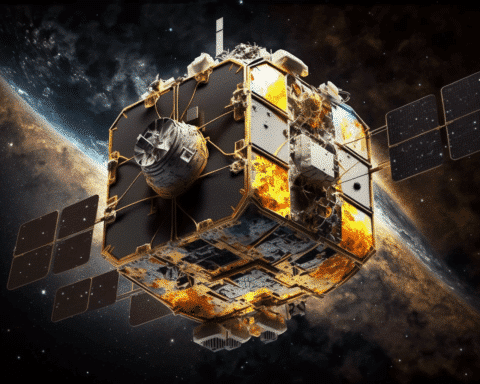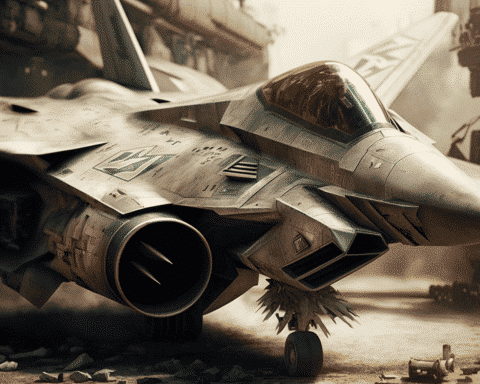In a dramatic escalation of the conflict, Russian forces reported successfully halting a Ukrainian effort to expand a recent weeklong incursion into Russia’s Kursk region. This development follows a complex series of military maneuvers and countermeasures on both sides of the border.
According to the Russian Defense Ministry, their army units, supported by fresh reserves, aircraft, drone teams, and artillery forces, managed to stop Ukrainian armored mobile groups from advancing deeper into Russian territory. The targeted locations included the Kursk settlements of Obshchy Kolodez, Snagost, Kauchuk, and Alexeyevsky.
Despite Russia’s claims, Ukraine maintains that its operations across the border are not aimed at occupying Russian land. Instead, Kyiv’s objective is to protect its territory from long-range strikes originating from Kursk. Ukrainian officials assert that these measures are necessary to safeguard Ukrainian lives, citing over 2,000 recent strikes launched from Kursk using a variety of munitions, including anti-aircraft missiles, artillery, mortars, drones, and glide bombs.
The commander of the Ukrainian military, Oleksandr Syrskyi, indicated significant progress in the region. Ukrainian forces now control 74 settlements within the Kursk region, having secured an additional 40 square kilometers of territory in the past 24 hours. Syrskyi emphasized that, despite high-intensity combat, the situation remains under control along the entire front line.
Ukraine’s aggressive stance has been met with mixed reactions from its Western allies. While some support Ukraine’s right to defend itself by launching cross-border operations, others have expressed concern over the potential for escalation. Notably, Polish Prime Minister Donald Tusk has backed the Ukrainian operation, underscoring the severe impact of Russian military actions in Ukraine, which he described as bearing the hallmarks of genocide and inhumane crimes.
In response to the Ukrainian advances, Russian forces have intensified their attacks in eastern Ukraine. Over the previous 24 hours, Russian troops launched 52 assaults in the area around Pokrovsk, a town in Ukraine’s Donetsk region close to the front line. This marks a significant increase from the previous week’s daily attack count.
The scale of Ukraine’s recent incursion is considerable. Since its initiation on August 6, Ukrainian forces have penetrated approximately 1,000 square kilometers of Russian territory. This bold move represents the largest Ukrainian attack on Russia since World War II and has significantly unsettled the Kremlin. The incursion prompted Russian President Vladimir Putin to convene an urgent meeting with his top defense officials to address the situation.
Analysts suggest that Ukraine’s operation may also be a strategic attempt to relieve pressure on its front line by drawing Russian forces into defending the Kursk and other border areas. However, the increased pressure around Pokrovsk suggests that Moscow has not been entirely diverted by this tactic.
The incursion has led to significant displacement within the Kursk region, with about 121,000 people either evacuated by authorities or fleeing the affected areas on their own. Russian state television has broadcast images of residents from evacuated areas lining up for food and water, with volunteers and emergency officials providing aid.
Despite Russia’s countermeasures, the Ukrainian advance appears to have exploited gaps between various Russian commands in Kursk, including border guards, Ministry of Defense forces, and Chechen units fighting alongside Russian troops. This fractured command and control structure in Kursk has reportedly been a critical vulnerability for Russian defenses.
In light of the escalating conflict, the Ukrainian Army’s General Staff announced the establishment of a 20-kilometer restricted-access zone along the Russian-Ukrainian border in the northeastern Sumy region, which borders Kursk. This measure aims to address the increasing intensity of combat in the area and the rising presence of Russian reconnaissance and sabotage units.
As the conflict continues to unfold, both sides remain locked in a high-stakes battle with significant implications for the broader regional stability and international relations.




